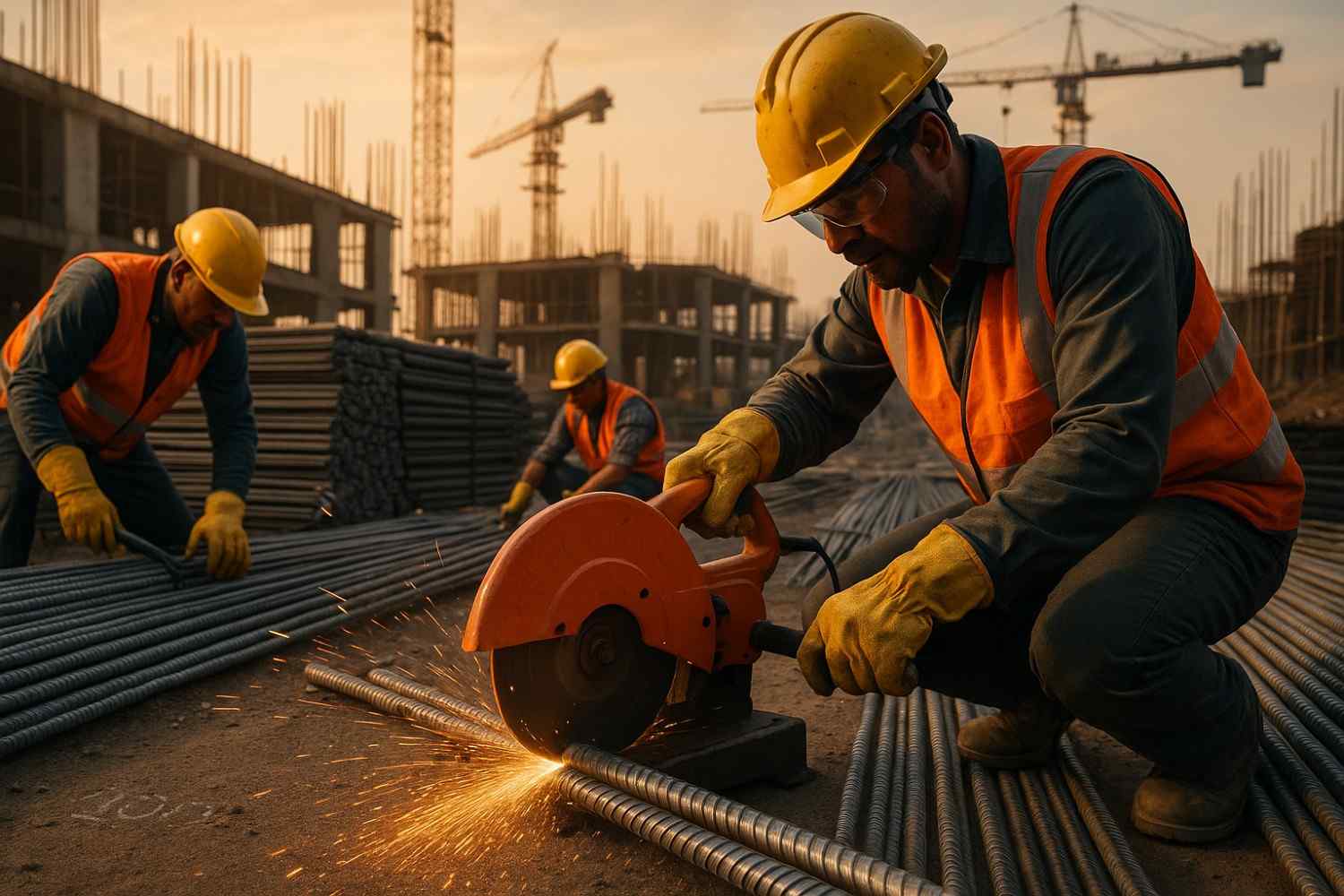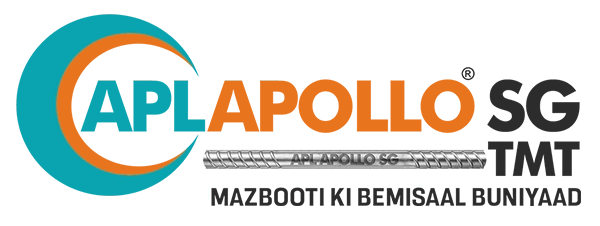
Introduction
In the construction industry, every bend, cut, and joint has a direct impact on the structural safety of a building. While TMT bars are engineered for high tensile strength and flexibility, improper bending and cutting can compromise their performance – leading to weakened RCC structures. Whether you are a contractor, site engineer, or fabricator, following the right handling techniques is crucial to ensure that the steel reinforcement performs as designed.
In this guide, we’ll break down the science and practical tips for bending and cutting TMT bars the right way, with insights for both small residential projects and large infrastructure works.
Why Bending and Cutting Matters in TMT Bar Strength
- Structural Integrity: Any damage to the bar’s ribs or microstructure during cutting or bending reduces its bonding strength with concrete.
- Load Bearing: Incorrect bends can create stress points, reducing the bar’s ability to distribute loads evenly.
- Corrosion Resistance: Poor cutting can expose uneven surfaces that corrode faster, especially in humid regions.
Best Practices for Bending TMT Bars
- Follow the Manufacturer’s Bend Radius Guidelines
- Every TMT bar grade (Fe 500, Fe 500D, Fe 550, Fe 550D) has a recommended minimum bend radius to avoid micro-cracking.
- Example: A 16mm Fe 500D TMT bar should not be bent at a sharper radius than recommended by IS 1786:2008 standards.
- Use Proper Bending Equipment
- Avoid hammer-based bending as it can create uneven stresses.
- Use mechanical or hydraulic benders for accuracy.
- Avoid Cold Bending at Extremely Low Temperatures
- In colder regions, TMT bars can become brittle. Preheat slightly (not above 100°C) before bending to prevent cracking.
- Check for Surface Damage
- Inspect the bar after bending. Any visible cracks mean the bar must be replaced immediately.
Best Practices for Cutting TMT Bars
- Use High-Quality Cutting Tools
- Disc cutters or power saws provide clean cuts without damaging ribs.
- Avoid flame cutting for smaller diameters – high heat can alter the bar’s microstructure.
- Avoid Overheating During Cutting
- If cutting with an abrasive wheel, prevent prolonged friction on one point to avoid heat damage.
- Keep Ends Smooth and Ribbed
- A clean cut ensures proper bonding with concrete.
- Never chip away ribs – they are critical for grip.
Common Mistakes to Avoid
- Bending near welded joints – This creates a weak point.
- Re-bending bars – Once bent, avoid straightening and re-bending, as it reduces tensile strength.
- Flame cutting in bulk without cooling – Can cause warping and hardness changes.
Real-Life Example
On a recent bridge project in Uttar Pradesh, contractors used APL Apollo SG Fe 550D TMT bars for high tensile strength. By following proper mechanical bending and abrasive wheel cutting, they ensured zero breakages during cage assembly, saving both time and material. In contrast, a smaller contractor nearby who bent bars manually with hammers faced multiple fractures, leading to costly replacements.
Why SG Mart Limited TMT Bars Are Ideal
- High ductility for safe bending without cracks.
- Perfect rib patterns for maximum bonding with concrete.
- Corrosion-resistant micro-alloying that remains intact even after cutting.
You can learn more about choosing the right TMT bars for your project in our detailed guide: How to Choose the Right TMT Bars for Your Project: A Contractor’s Guide
Conclusion
Bending and cutting are not just routine site activities – they are critical quality control steps in ensuring long-term strength and durability of RCC structures. By following the best practices outlined here and using high-quality TMT bars like those from SG Mart Limited, you protect both your project and your reputation.



